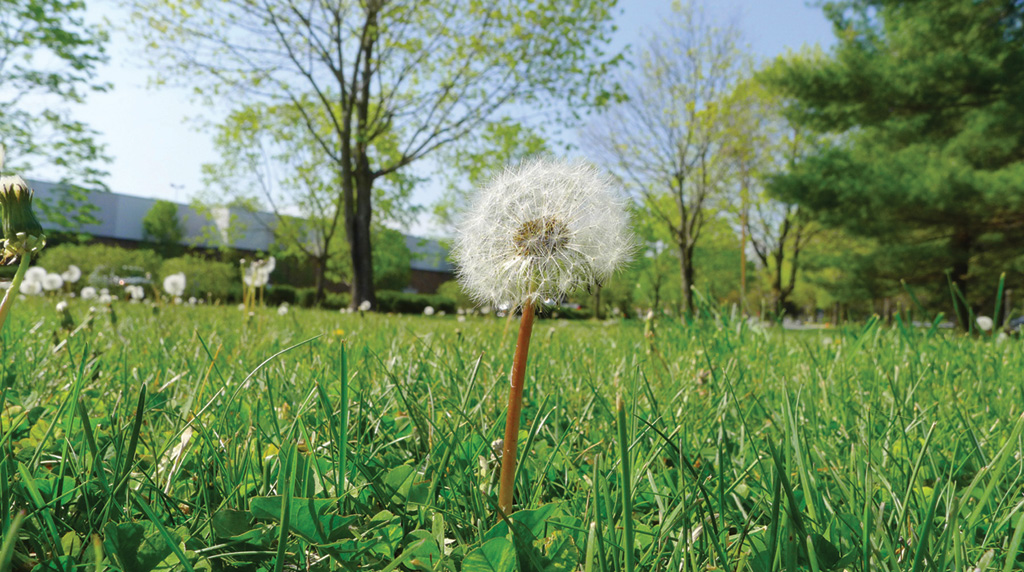Few things can be as troublesome to gardeners and landscapers as weeds. Weeds seemingly spring up overnight and quickly can overrun lawns and/or garden beds. Landscaping enthusiasts may spend countless hours and weekends coping with weeds without truly getting to the root of the problem. However, preventing weed growth need not be so difficult.
According to the experts at This Old House and The Family Handyman, the secret to preventing weeds is to maintain a thick, healthy lawn. A vigorously growing lawn will crowd out weeds and block the sun weed seeds need to germinate and thrive. As a result, fewer herbicides may be needed and homeowners can spend less times on their hands and knees pulling out weeds.
Mow at the right height
Crabgrass is a notoriously virulent weed that can quickly snuff out blades of grass. Crabgrass likes hot, dry conditions, and it only takes one plant to spread the seeds that can overtake the lawn. Preventing these conditions can stop crabgrass from flourishing. Mowing at higher heights and leaving grass blades taller can shade the soil, helping to prevent the germination of crabgrass. Shady conditions also will help the soil retain moisture and prevent the arid conditions crabgrass likes so much.
Water deeply
Weeds are accustomed to growing in adverse conditions, including especially hot temperatures. When such conditions arise, weeds establish deep roots while the roots of the grass can easily die off. Instead, when watering, wet the soil to a depth of four to six inches. This helps grass to establish strong root systems that will help lawns overpower pesky weeds.
Time weed killers
Whether you manually remove weeds or apply weed killers, timing is key. Combat weeds in the early spring before they have a time to fully form and start proliferating through seed dispersement. Once seeds spread, their growth is difficult to control. Recognize that no single herbicide or weeding tactic will work for every type of weed. Broadleaf weeds, like dandelions, unwanted grasses, and sedges are the three most common types of weeds. Homeowners will have to adapt based on the type of weed that is most prevalent in their lawns.
Watch fertilizer amounts
Strike a balance with fertilizer, finding the right amount to deliver continuous nutrition to the lawn, but not overfeed it so that weeds can thrive. Many lawns only require fertilizer once or twice annually, in the autumn and spring.
By following these guidelines, lawn and garden enthusiasts can prevent the proliferation of unsightly and potentially harmful weeds.

